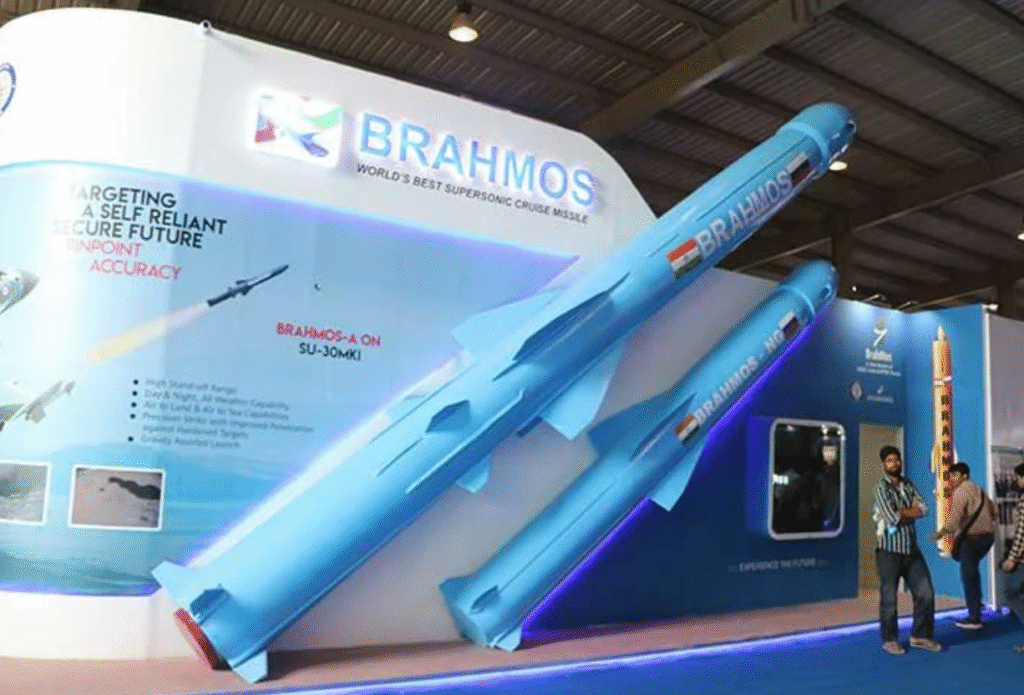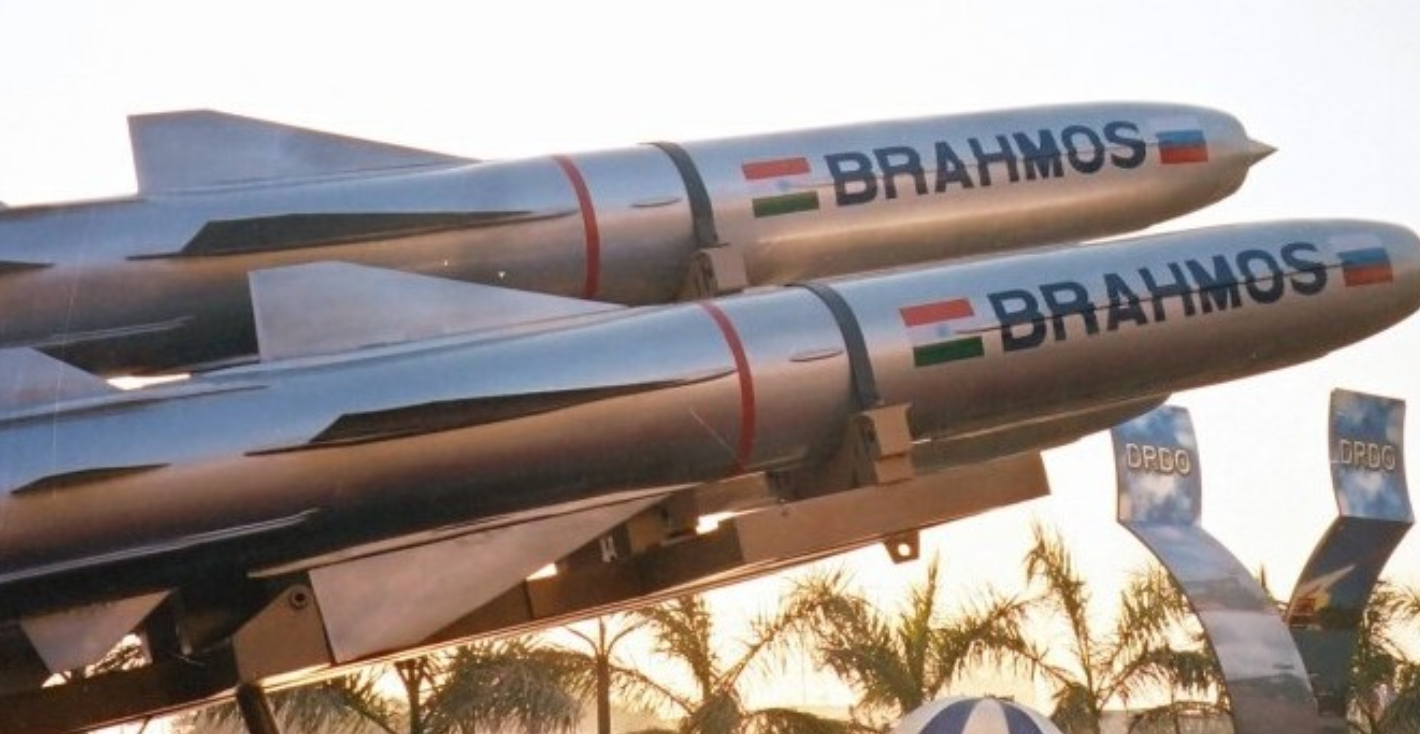BrahMos Missile: India’s supersonic cruise missile, BrahMos, has now earned the coveted status of being combat-proven, following its effective deployment during Operation Sindhur. This military operation involved targeted strikes against Pakistani air bases, where BrahMos missiles launched from Sukhoi-30 MKI fighter jets inflicted significant damage, demonstrating the missile’s precision, speed, and capability to evade air defenses.
BrahMos in Action: Operation Sindoor
During the operation, BrahMos missiles flew at an impressive speed of Mach 28, successfully neutralizing strategic targets across the border. The missiles were launched using Sukhoi-30 MKI aircraft, which are uniquely modified to carry the air-launched variant of BrahMos. This capability makes it the only supersonic cruise missile in the world that can be launched from a fighter jet—a significant milestone in modern warfare technology.
The successful use of BrahMos in active combat has now triggered a strategic development: India and Russia are in advanced talks to co-produce an upgraded, next-generation version of the BrahMos missile system.
India-Russia Collaboration on BrahMos NG
According to a report by The Economic Times, Russia has offered complete technical support to India for jointly producing an advanced variant of the BrahMos missile. The new BrahMos production facility in Uttar Pradesh, which was recently inaugurated, has been identified as the primary hub for this co-production initiative.
Initial discussions and negotiations between the two nations have already begun, signaling the beginning of a new chapter in Indo-Russian defense cooperation.
“Brahmos is a great example of India-Russia Defence collaboration..”, says Indian Defence Minister Rajnath Singh as he inaugurates BrahMos missile production facility in Lucknow

From Concept to Combat: The BrahMos Journey
The integration of BrahMos with India’s frontline fighter, the Sukhoi-30 MKI, began in December 2005, when the Indian government announced a joint feasibility study with Russia. This was followed by the Cabinet Committee on Security’s approval in 2012 for necessary structural and software upgrades on 42 Sukhoi jets.
In November 2017, India conducted the first successful test firing of the air-launched BrahMos missile from a Sukhoi-30 MKI. By 2020, the Indian Air Force had inducted its first squadron of BrahMos-armed Sukhois, marking a major boost to India’s strike capabilities.
Enhancements and Upgrades
Several technical improvements were made during this period:
- Weight Reduction: The missile’s weight was reduced by 500 kg, bringing it down to 2.5 tons, to make it compatible with aerial launch platforms.
- Stability Fins: Fins were added to enhance missile stability during flight.
- Extended Range: Initially restricted to 290 km due to India’s non-membership in the Missile Technology Control Regime (MTCR), the range was later extended to 450 km after India joined the MTCR in June 2016.
The Road Ahead: BrahMos NG and Multi-Platform Integration
Looking forward, the Indian defense establishment is focused on developing the BrahMos NG (Next Generation) variant. This version will be smaller, lighter, and even faster, allowing integration with a wider range of fighter jets, including:
- MiG-29
- Mirage 2000
- Tejas Light Combat Aircraft (LCA)
This strategic upgrade will significantly enhance the Indian Air Force’s multi-platform strike capabilities, enabling greater flexibility and rapid deployment in diverse combat scenarios.
The successful deployment of BrahMos in Operation Synindur has not only validated its combat effectiveness but also set the stage for its future evolution. The proposed Indo-Russian collaboration on BrahMos NG could revolutionize precision strike capabilities, positioning India among the top-tier nations in supersonic missile technology. With plans to equip multiple aircraft platforms, BrahMos is poised to become the backbone of India’s offensive missile arsenal for years to come.

